Connection Transmission
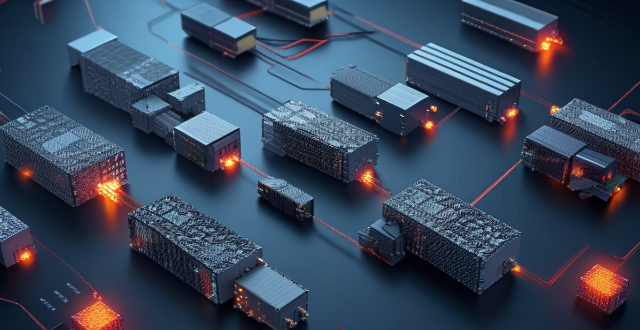
Can you explain the working of HTTP and HTTPS protocols ?
HTTP and HTTPS are two important protocols for data transmission on the internet. The main difference between them is that HTTPS encrypts the transmitted data to protect it from interception and tampering, while HTTP does not. HTTP operates by default on TCP port 80 and transmits data in plaintext, while HTTPS uses SSL/TLS for data encryption and operates by default on TCP port 443. The working steps of HTTP include address parsing, DNS resolution, HTTP request packaging, establishing a TCP connection, sending a request command, server response, and closing the connection. On the other hand, the working steps of HTTPS involve an initial handshake, verifying a digital certificate, session key exchange, encrypted data transmission, and connection closure. With increasing concerns about cybersecurity, HTTPS has gradually become the preferred choice for websites requiring secure data transmission.

What is the role of encryption in securing data transmission ?
Encryption is crucial for securing data transmission by converting plain text into unreadable ciphertext, ensuring confidentiality, integrity, and authentication. It protects sensitive information, prevents data tampering, enhances trust, complies with regulations, and reduces the risk of data breaches. Two main types of encryption are symmetric and asymmetric encryption, each using different keys for encryption and decryption.
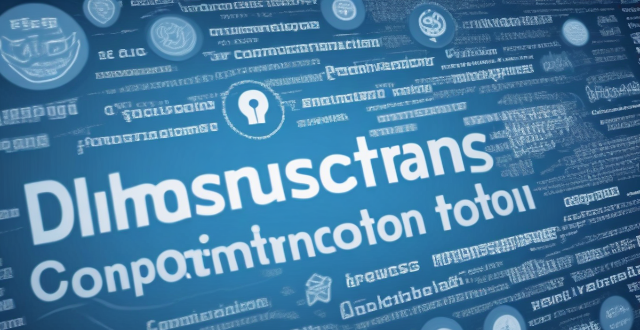
How do communication protocols ensure data integrity and security during transmission ?
The text discusses the role of communication protocols in ensuring data integrity and security during transmission. It outlines mechanisms such as checksums, sequence numbers, acknowledgments for maintaining data integrity, and encryption, authentication, and secure protocols for ensuring data security. The article emphasizes that adhering to these rules allows devices to communicate reliably and securely over networks.
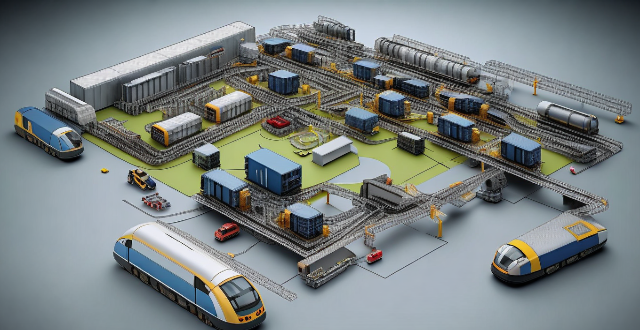
What is the difference between TCP and UDP protocols ?
TCP and UDP are transport layer protocols in the TCP/IP suite with distinct characteristics. TCP is connection-oriented, reliable, has a larger header overhead, lower transmission efficiency, used for applications needing reliability like FTP and HTTP. UDP is connectionless, unreliable, has smaller header overhead, higher transmission efficiency, used for real-time applications tolerant to data loss like video streaming and online games.

How do I troubleshoot a faulty network connection device ?
This text provides a step-by-step guide on how to troubleshoot a faulty network connection device. It starts by identifying the problem, checking physical connections, restarting the device, checking network settings, updating firmware, checking for interference, and finally contacting support if all else fails. The text emphasizes the importance of patience and perseverance in troubleshooting technical issues.

How do I optimize my network connection device for video conferencing ?
Optimizing your network connection device for video conferencing is essential for a smooth and reliable communication experience. Here are some steps to follow: 1. Check Your Internet Speed: Test your connection speed and upgrade your plan if necessary. 2. Choose the Right Hardware: Use a wired Ethernet connection if possible, and ensure that your router and modem are up-to-date. 3. Optimize Your Network Settings: Set up Quality of Service (QoS) on your router and keep its firmware updated. 4. Minimize Interference: Reduce wireless interference and limit bandwidth usage during important video calls. 5. Use a Dedicated Network for Video Conferencing: Create a separate Virtual Private Network (VPN) or invest in business-grade networking solutions. By following these steps, you can optimize your network connection device for video conferencing, ensuring smooth and reliable communication with colleagues and clients around the world.

Is it better to use a wired or wireless connection for gaming consoles ?
When it comes to gaming consoles, the choice between a wired and wireless connection can significantly impact your gaming experience. Wired connections typically offer faster speeds, lower latency, and more stable connections but limit mobility and can create a cluttered setup. Wireless connections allow for increased mobility and a cleaner setup but may have slower speeds, higher latency, and potential interference from other devices. The choice between a wired and wireless connection depends on your specific needs and preferences, such as the type of games you play and the layout of your home.
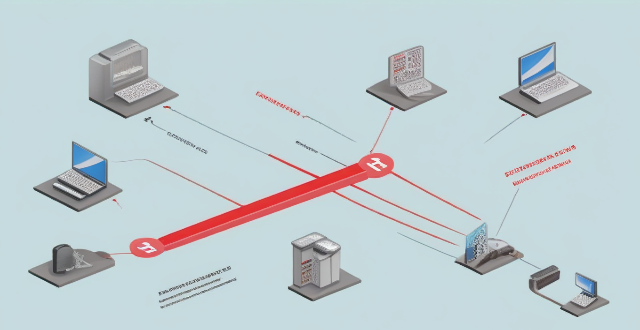
How does network expansion improve internet speed ?
Network expansion enhances internet speeds by reducing congestion, shortening transmission distances, increasing bandwidth, improving redundancy, and allowing for scalability. This process involves adding more nodes to the network, such as routers and switches, which improve data transmission efficiency. By distributing traffic across multiple routes and upgrading infrastructure, internet service providers can meet increasing demand for high-speed connections while maintaining fast and reliable service.

How do outdoor sports like hiking or mountaineering foster a deeper connection with nature and improve mental health ?
The text discusses the connection between outdoor sports, particularly hiking and mountaineering, and mental health. It highlights how these activities offer physical benefits such as fresh air and sunlight, which boost mood and energy levels, and the release of endorphins through physical activity. Mentally, being in nature encourages mindfulness and presence, reducing stress and anxiety, while the grandeur of nature can provide perspective on everyday worries. Physical challenges build stamina and resilience, with a sense of accomplishment from completing trails or reaching summits. Mental challenges include problem-solving and building resilience. Social interaction through shared experiences and forming supportive communities is also beneficial. Personal growth aspects include self-reliance and adaptability. The mind-body connection is emphasized through the meditative effects of nature and sensory engagement, as well as the physical well-being derived from cardiovascular health and muscle strength. Overall, outdoor sports like hiking or mountaineering provide numerous opportunities for improving mental health through various means.
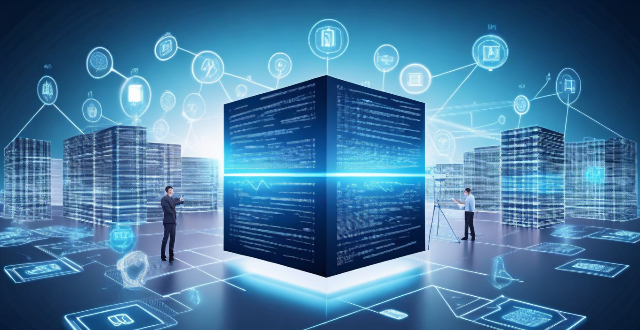
Is network slicing secure for sensitive data transmission ?
Network slicing is a technology that allows multiple virtual networks to coexist on a shared physical infrastructure, enabling service providers to offer customized services with different QoS requirements. While network slicing offers numerous benefits such as customization, resource allocation, scalability, and isolation, there are also potential security concerns that need to be addressed. These include data isolation, access control, encryption, and intrusion detection and prevention systems (IDPS). By implementing robust isolation mechanisms, access control policies, strong encryption algorithms, and effective IDPS, service providers can leverage network slicing while maintaining the security of sensitive data transmission.

How do communication satellites enable real-time data transmission and monitoring ?
Communication satellites play a crucial role in enabling real-time data transmission and monitoring by serving as relay stations in space that can receive signals from one location on Earth and transmit them to another location. This is achieved through a complex system of technology, infrastructure, and protocols. Satellites are positioned in orbits around the Earth, either in geostationary orbit (GEO) or lower Earth orbit (LEO). Geostationary satellites remain fixed over a specific point on the Earth's surface, while LEO satellites move relative to the Earth's surface. The process begins when a signal, such as a phone call, internet data, or video feed, is generated at a source location. The signal is then sent via a ground station, which has powerful transmitters and antennas, up to the communication satellite using radio waves. Once the satellite receives the signal, it amplifies and frequencies it to avoid interference with other signals. The amplified signal is then transmitted back down to Earth, where another ground station receives it. Finally, the received signal is distributed to its intended destination, such as a phone network, the internet, or a monitoring station. Real-time monitoring is facilitated by the speed at which data can travel via satellite. With modern technology, latency (the time delay in signal transmission) can be minimized, especially with LEO satellites due to their closer proximity to Earth. Satellites can also be networked to provide redundancy and increased bandwidth for large-scale monitoring systems. Key technologies and infrastructure include ground stations, satellite design, network protocols, and satellite constellations. However, there are challenges and considerations such as weather impact, geographical constraints, and regulatory issues. In summary, communication satellites enable real-time data transmission and monitoring by acting as high-altitude relay stations, utilizing advanced technologies and infrastructure to deliver signals across vast distances with minimal delay.
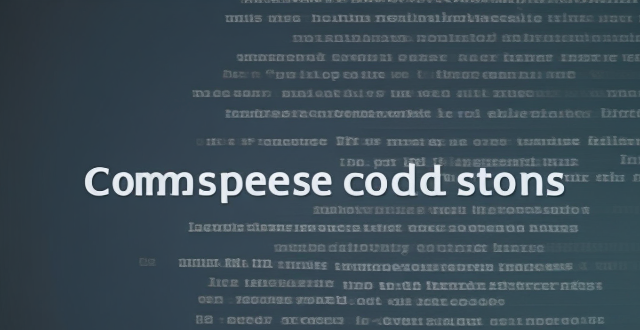
What is the difference between fiber optic and cable broadband connections ?
The text compares and contrasts two types of internet connections: Fiber Optic and Cable Broadband. It discusses their differences in terms of speed, reliability, availability, cost, and installation. The conclusion suggests that the choice between the two depends on the user's needs and budget.

What are the key components of a CHEV's drive system ?
The key components of a CHEV's drive system include the engine, electric motor, transmission, battery pack, and energy management system. The engine generates the majority of the power needed to propel the vehicle, while the electric motor provides additional power during acceleration or hill climbing. The transmission transfers power from the engine and electric motor to the wheels, and may be a conventional automatic or manual transmission or a specialized hybrid transmission. The battery pack stores electrical energy generated by the electric motor during regenerative braking and provides power to the electric motor when needed. The energy management system controls the flow of energy between the engine, electric motor, and battery pack, determining when to use each source of power based on driving conditions, state of charge of the battery, and driver demand. These components work together to provide a seamless driving experience while maximizing fuel efficiency and reducing emissions.

What are the most common types of network connectivity devices ?
This text discusses the various types of network connectivity devices, including routers, switches, modems, and wireless access points. Routers are used to forward data packets between computer networks, while switches are used to connect devices within a network. Modems convert digital data to analog signals for transmission over communication channels, and wireless access points allow wireless devices to connect to a wired network. The features of each device are also discussed, such as routing decisions, data transmission, security, and error detection and correction.
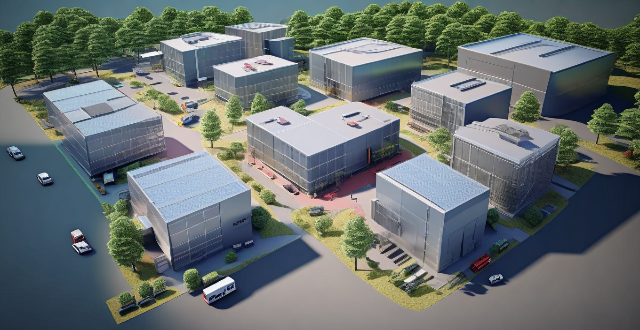
Can you explain the powertrain configuration of a CHEV ?
The powertrain configuration of a CHEV includes an ICE, EM, battery pack, transmission, and control unit. The ICE burns fuel to produce energy, while the EM provides additional power during acceleration or hill climbing. The battery pack stores electrical energy generated by the EM and regenerative braking systems. The transmission transfers power from the engine and electric motor to the wheels. Finally, the control unit monitors and manages all these components for smooth transitions between different driving modes.

How can Smart Grid Technology improve energy efficiency ?
Smart grid technology is transforming the energy sector by integrating advanced communication technologies, automated controls, and innovative sensors to create a more efficient, reliable, and sustainable energy system. Key features of smart grid technology include Advanced Metering Infrastructure (AMI), Distributed Energy Resources (DERs), Demand Response (DR) Programs, and Electric Vehicles (EVs). The benefits of smart grid technology on energy efficiency include improved load management through peak shaving, demand side management, and dynamic pricing; increased renewable energy integration through microgrids, grid balancing, and energy storage systems; optimized transmission and distribution through self-healing networks, predictive maintenance, and reduced transmission losses; and enhanced customer engagement and participation through consumer education, incentives for energy efficiency, and community solar programs. Overall, smart grid technology offers numerous opportunities to improve energy efficiency across various sectors of the energy industry while transitioning towards a more sustainable future with reliable and efficient energy delivery for all consumers.

Can regular cleaning and disinfection prevent the transmission of other viruses besides COVID-19 ?
Regular cleaning and disinfection can prevent the transmission of other viruses besides COVID-19, such as those causing colds and flu. The CDC recommends routine cleaning of frequently touched surfaces to reduce the risk of infection. Effective cleaning involves using soap or detergent to remove dirt, followed by disinfecting with a product labeled for the specific virus. High-touch surfaces should be prioritized, and proper ventilation and glove use are advised. Following these practices helps create a safer environment.

What factors should I consider before upgrading my broadband connection ?
This topic summary discusses the key factors to consider before upgrading a broadband connection, including speed requirements, data caps, reliability, cost, availability, customer support, and additional features. It emphasizes the importance of evaluating current internet usage, future needs, monthly limits, overage charges, downtime frequency, service outages, contract terms, pricing plans, provider options, infrastructure, service quality, user reviews, bundling opportunities, and security measures. The conclusion suggests that by considering these factors, one can make an informed decision that meets current needs and anticipates future changes in internet usage patterns.

Is there a connection between sports and happiness ?
The text discusses a study that found a significant, positive connection between sports participation and individual subjective well-being. The study also found that the impact of sports participation on subjective well-being varies depending on the population being studied and that class identity and health play a mediating role in this relationship. Overall, the study highlights the importance of physical activity for improving individuals' overall well-being and suggests that national fitness and health initiatives should be promoted to improve society's overall well-being.